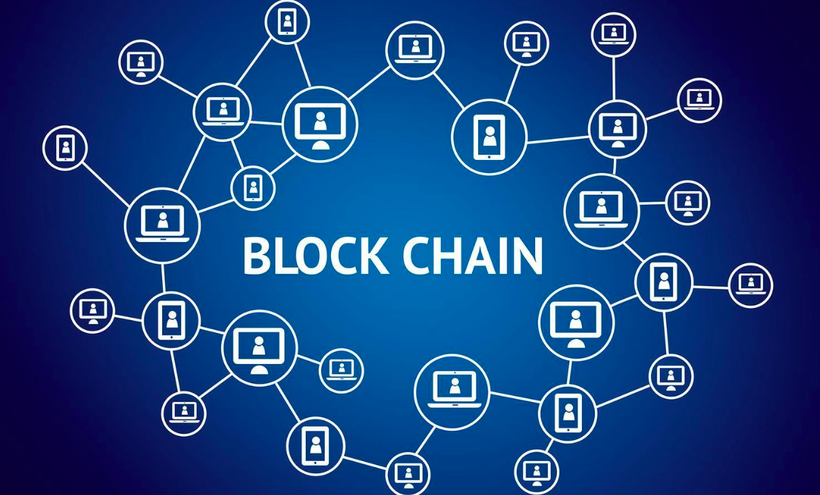
Most of the people associate blockchain with Bitcoin, thinking that they are the same thing; however, blockchain is just the underlying technology of Bitcoin.
Since their inception, blockchains have attracted a great deal of interest, and many industries and businesses have been profoundly affected by this technology. Also, a lot of money has been spent on R&D projects – primarily in the FinTech sphere – from financial institutions that see a real possibility for Bitcoin and other cryptocurrencies to cut the lucrative transactional banking fees.
According to Jeetendra Kumar, founder of the Transcoding Platform blockchain based Transcodium, “The financial system is going through a revolution, the blockchain is refreshing old banking traditions, and cryptocurrency has made transactions more transparent, more global and more efficient than ever before.”
In the blockchain era, there’s no need for trusted third parties: blockchain is a valuable trust system itself.
In-fact, blockchain creates real-time transparency and a permanent audit trail of every transaction across every network distributed over thousands of computers. This makes it almost impossible to hack. It also time-stamps and geo-stamps every transaction creating an audit trail regulators and everyone else can love (and can’t dispute).”(source)
Unlike traditional transactions, there’s no need to check and recheck paperwork, because the blockchain delivers the guarantees of authenticity and accuracy. Just as Bitcoin removes the need for cash or third-party banks to provide security, the blockchain eliminates the need for physical transaction proofs like goods receive notes or other types of documentation.
Bitcoin and blockchain have reinvented and democratized money and have drastically reduced the time to make money transfers. You don’t longer need to wait days or weeks to transfer money across borders paying a considerable fee; with cryptocurrency, you can complete the same transaction in a few minutes. Also, in Bitcoin, as well as Altcoins, all of the transactions are held on a single ledger that anyone can see; this represents the only version of the truth. Thus, the blockchain serves as a database containing all the records or blocks of the historical transactions shared into a network of people.
With blockchain-based transactions no money changes hands, and the ledger is only updated with the consensus of the network. Each block record represents the status of the ledger at a specific point in time; each block is created when the network reaches a consensus on updates, meaning that they all agree that the update is valid. When this happens, each block is linked to its chronological predecessor using powerful mathematical encryption, which guarantees the authenticity of the historical records.
Blockchain, in a business-to-business environment, truly represents a revolution. In a traditional purchasing process, the whole process starts with the creation of a purchase order, then a physical or electronic contract that translates into a sales order, delivery note, bank transfer, proof of purchase, etc. This process requires a great deal of effort to verify that all conditions match. But instead, using a blockchain system would make the whole process faster and more efficient. In doing this, everything would still start off with a purchase order, but this time, it is initiated in the blockchain that would keep track of it for all of its execution. In this way, everyone in the network would have in clear what was ordered, the terms of its delivery, and basically every single detail regarding that event.
Of course, in this blockchain scenario, you wouldn’t need an invoice. An invoice is only required to confirm that the two previous events have occurred, but if you used something like a smart contract – one of the leading features of the altcoin blockchain Etherium – you get an instant confirmation if all the conditions stated in the order have been fulfilled.





